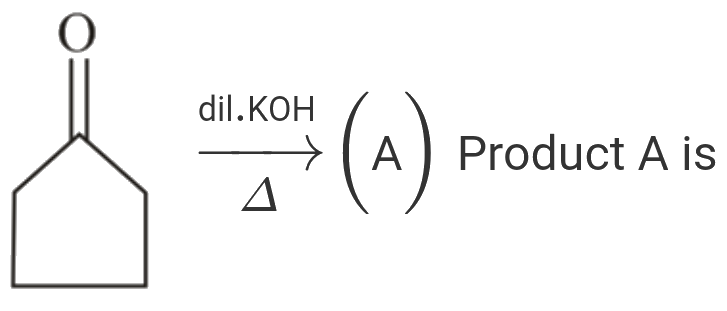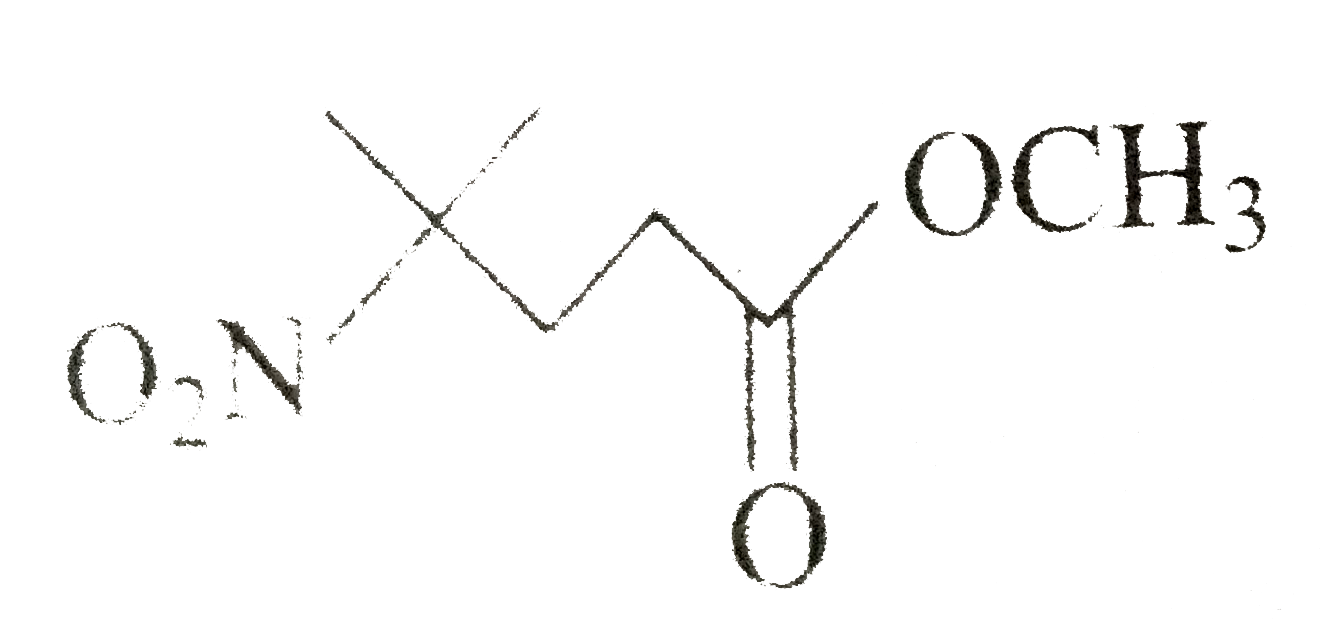2,7-Dimethyl-2,6-octadiene H+−−−−−→ΔA . Find the Number of Sp2 hybridized carbon in the product 'A' ?
2
4
6
5
To solve the problem, we need to analyze the compound 2,7-Dimethyl-2,6-octadiene and the reaction it undergoes when treated with H⁺ and heat (Δ).
1. Identify the Structure of 2,7-Dimethyl-2,6-octadiene:
- The name indicates that there are 8 carbon atoms (octa) in the chain.
- The "2,6" indicates that there are double bonds at the 2nd and 6th positions.
- The "2,7-dimethyl" indicates that there are methyl groups (–CH₃) attached to the 2nd and 7th carbon atoms.
The structure can be drawn as follows:
CH3CH3||CH2=CC=CH2||CH2CH2∣CH3
2. Determine the Reaction with H⁺ and Heat:
- The presence of H⁺ suggests that the reaction is an acid-catalyzed process, likely leading to the addition of H⁺ to the double bonds.
- Heating can facilitate the elimination of small molecules (like water) or can lead to rearrangements.
3. Predict the Product (A):
- The double bonds will likely undergo protonation, leading to the formation of more stable carbocations.
- The most stable product will be formed after the rearrangement and elimination of H₂O or other small molecules.
4. Draw the Product Structure:
- After the reaction, we can expect the formation of a more stable alkene or alkane.
- For simplicity, let’s assume that the product retains a double bond but may have fewer than 2 double bonds due to rearrangement.
5. Count the sp² Hybridized Carbons:
- In the product, we need to identify the carbons that are involved in double bonds (sp² hybridized).
- If we assume that the product has one double bond remaining after the reaction, we can count the sp² carbons.
For example, if the product has one double bond:
CH3CH3||CH2=CCH2||CH2CH2
In this case, the sp² hybridized carbons would be the two carbons involved in the double bond.
6. Final Count:
- If there is one double bond remaining, there will be 2 sp² hybridized carbons in the product A.
Conclusion:
The number of sp² hybridized carbons in the product A is 2.
- The name indicates that there are 8 carbon atoms (octa) in the chain.
- The "2,6" indicates that there are double bonds at the 2nd and 6th positions.
- The "2,7-dimethyl" indicates that there are methyl groups (–CH₃) attached to the 2nd and 7th carbon atoms.
CH3CH3||CH2=CC=CH2||CH2CH2∣CH3
- The presence of H⁺ suggests that the reaction is an acid-catalyzed process, likely leading to the addition of H⁺ to the double bonds.
- Heating can facilitate the elimination of small molecules (like water) or can lead to rearrangements.
- The double bonds will likely undergo protonation, leading to the formation of more stable carbocations.
- The most stable product will be formed after the rearrangement and elimination of H₂O or other small molecules.
- After the reaction, we can expect the formation of a more stable alkene or alkane.
- For simplicity, let’s assume that the product retains a double bond but may have fewer than 2 double bonds due to rearrangement.
- In the product, we need to identify the carbons that are involved in double bonds (sp² hybridized).
- If we assume that the product has one double bond remaining after the reaction, we can count the sp² carbons.
CH3CH3||CH2=CCH2||CH2CH2
- If there is one double bond remaining, there will be 2 sp² hybridized carbons in the product A.
The number of sp² hybridized carbons in the product A is 2.
Topper's Solved these Questions
Similar Questions
Knowledge Check
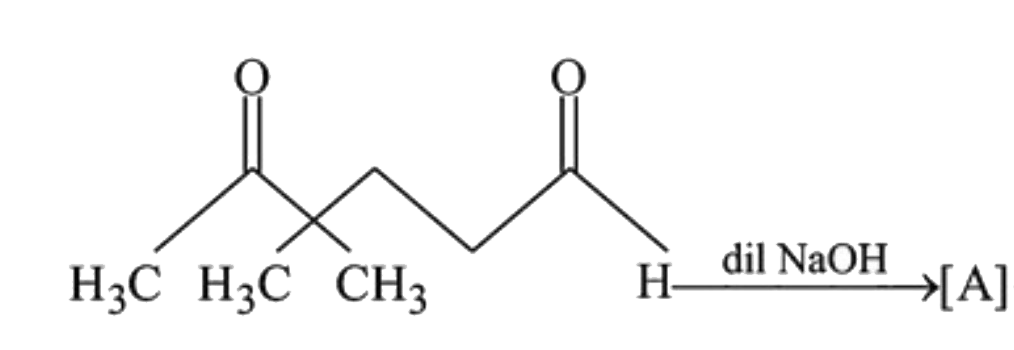 H2O+−−−→Δ[B]A
H2O+−−−→Δ[B]A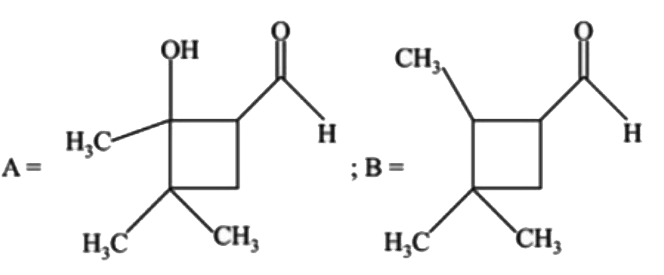 B
B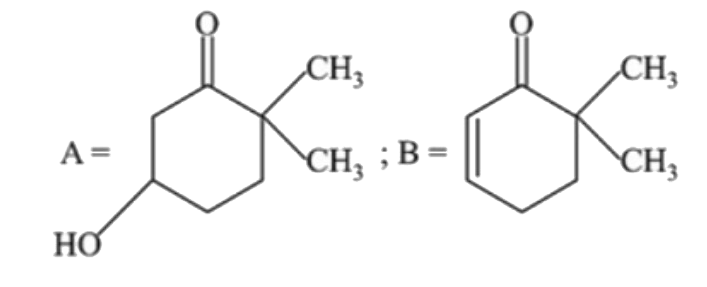 C
C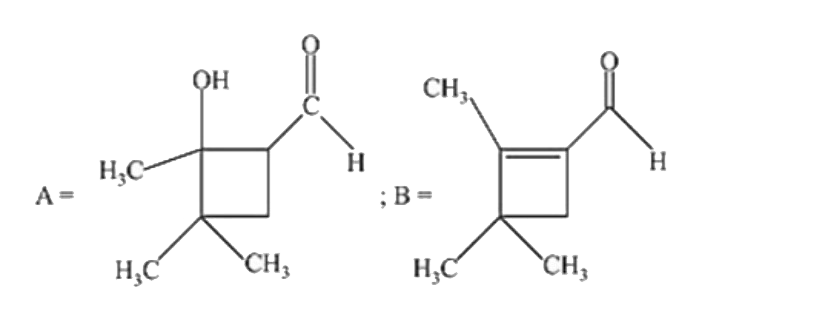 D
D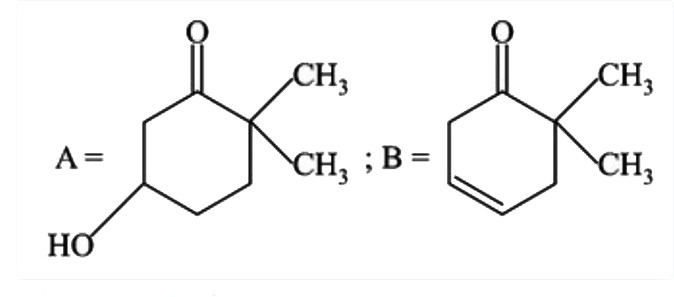
The number of sp2 and sp3 hybridized carbon atoms in fructose are respectively.
A4 and 2B2 and 4C1 and 5D5 and 1
NaBH4−−−−→(i)H2O+−−−−−−−→Δ A, A is .A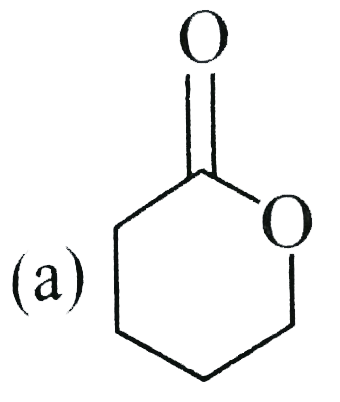 .B
.B .C
.C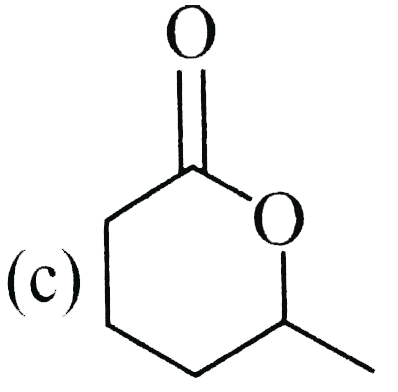 .D
.D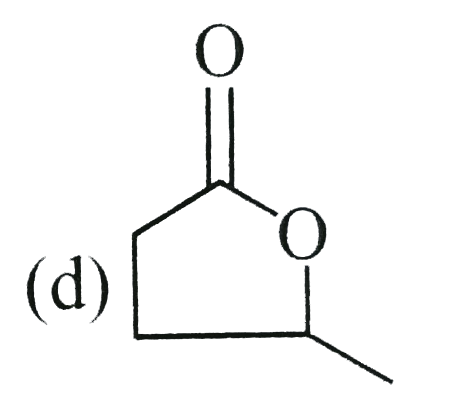 .
.

